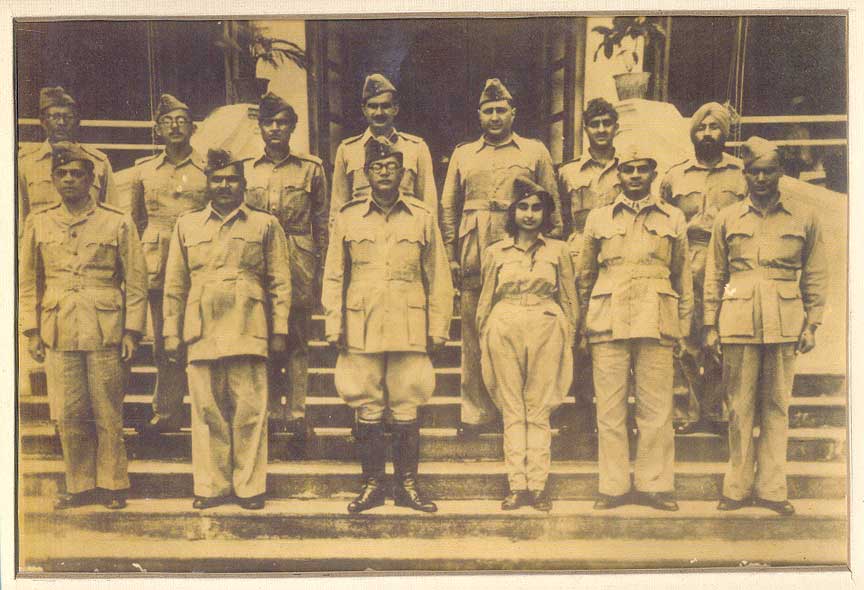
Lala Lajpat Rai, (28 January 1865 – 17 November 1928) was an Indian author and politician who is chiefly remembered as a leader in the Indian fight for independence from the British Raj. He was popularly known as Punjab Kesari meaning The Lion of Punjab also known as “Sher-E- Punjab” in Hindi. He was part of the Lal Bal Pal trio.[1] His other close associates were Lokmanya Bal Gangadhar Tilak from Maharashtra, and Bipin Chandra Pal from Bengal. He was also associated with activities of Punjab National Bank and Lakshmi Insurance Company in their early stages.
He sustained serious injuries by the police when leading a non-violent protest against the Simon Commission and died less than three weeks later. His death anniversary (November 17) is one of several days celebrated as Martyrs’ Day in India.
Lets us remember one of India’s greatest sons on his birthday!
Please visit: http://en.wikipedia.org/wiki/Lala_Lajpat_Rai for more!
Thanks for reading!
Month: January 2014
Remembering Netaji Subas Chandra Bose on his birthday!
January 23 is an important Day for our Country. One of the greatest leaders of India was born on this day in the year 1897. Netaji Subhash Chandra Bose had devoted his life to only one cause and that was Freedom at all costs!
Netaji was an embodiment of courage and an ardent motivator. One man could create a great army which may not have been very large in number but was an army that had a very strong indomitable will. Each of his solider was a symbol of courage. That was the power of his motivation.
He was a great leader with a strong conviction. He was President of the Indian National Congress for two consecutive years. He was liked by a great many leaders. However, he did not hesitate to relinquish his post of President on a matter of principle. The strength of his conviction did not allow him to compromise his firm beliefs. When Mahatma Gandhi, the father of the Nation was practicing and propagating non-violence, Netaji strongly believed that for total freedom of the country, a non-violent struggle was not enough. Many believe that the events that followed the Royal Indian Naval Mutiny of 1946 led to the British leaving the country and that Netaji’s contribution for the cause of freedom has been seriously undermined. Please visit: http://en.wikipedia.org/wiki/Royal_Indian_Navy_mutiny
Netaji was a great negotiator and had the unique capability of influencing the mighty and the powerful. He even garnered support from Hitler, as well as from the Emperor of Japan at a time when these two leaders were most powerful and fighting the rest of the world.
On his birthday, we must pay our gratitude to one of India’s most patriotic (but sadly forgotten) sons.
Thanks for Reading This Blog!
http://nimblefoundation.org
Lal Bahadur Shastri – India’s Proud Son and a paragon of honesty, simplicity and patriotism
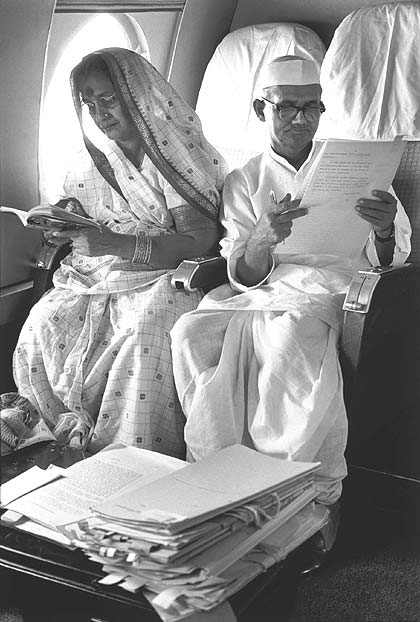
Jai Jawan, Jai Kisan – these words immediately conjure the name of Lal Bahadur Shastri – one of India’s greatest leaders and a noble soul who inspired the entire nation by this imaginative, bold and patriotic slogan. Pandit Nehru had passed away in May, 1964. There was one question on everyone’s lips – After Nehru who?
The country’s reins passed into the hands of this diminutive- little figure. Shastriji was short in height but really tall in stature. That was a time when the country was low in spirits and nursing the wounds of the demoralizing defeat at the hands of the Chinese. It was a time when the nation was suffering cruel food shortages. The situation was so bad the nation was dependent upon food aid – sub-standard wheat shipments were sent by the US with many strings attached.
Shastri’s initiatives later on spurred the Green Revolution in India. In fact he is the leader who said to have motivated Hindi film industry’s famous actor Manoj Kumar to produce the patriotic film “Upkar”. It is a film which motivates people of this land to be prepared to sacrifice anything for the love of our motherland.
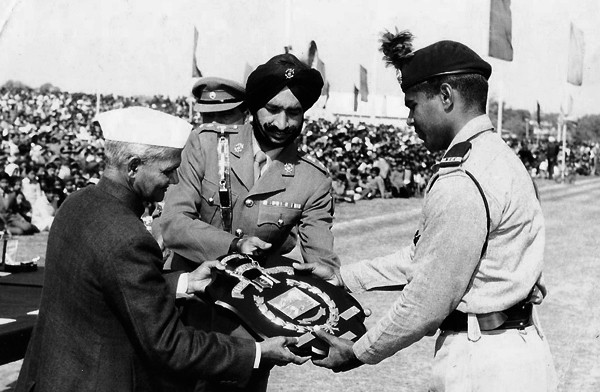
Again it was Shastri who visited Anand in 1965 and announced the formation of the National Dairy Development Board. It happened to be the first national agricultural body set up and headquartered outside New Delhi.
In 1965 Pakistan thought of taking advantage of India’s military weakness and launched an invasion on the Western Sector. They probably could not visualize the inherent strength of this great simple looking leader. He gave them an iron fist. With full freedom given by Shastri, the Indian Armed Services pulverized the enemy and pushed to very gates of Lahore!
It was only extreme pressure applied by US and allies that forced Shastriji to enter into a ceasefire agreement in Tashkent, Uzbekistan. Shastriji’s untimely demise shocked the entire nation and deprived this country of a leader who would transformed the entire country, if he would have got just five years to lead our nation.
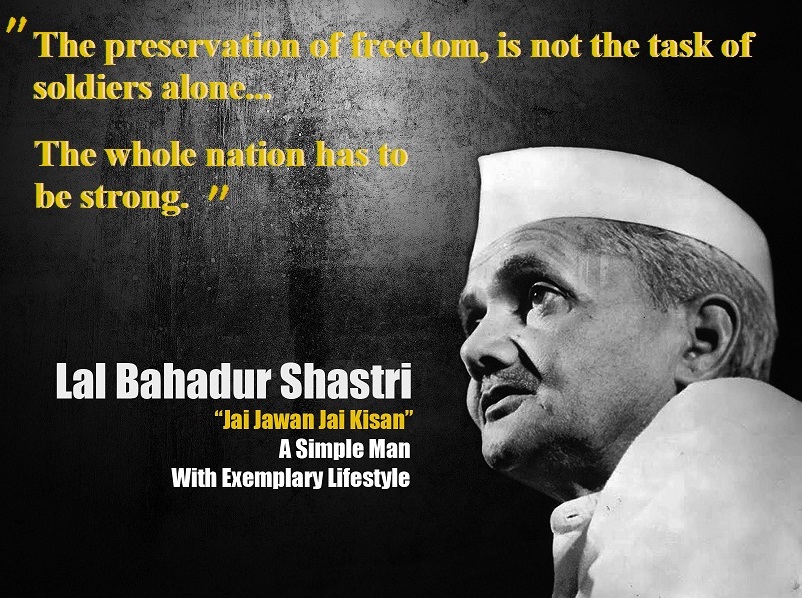
Let us all pay homage to the great soul.
Royal Rajasthan – The visit of a lifetime!
The very mention of Rajasthan immediate conjures thoughts of a royal land replete with Forts and Palaces. I have always wanted to visit Rajasthan. Accompanied by my wife and son, I finally visited this dream destination last week. A crisp tour itinerary enabled us to visit – Jaipur, Pushkar, Bikaner, Jaisalmer and Jodhpur. All this in seven eventful days! This blog is dedicated to the memorable week we spent in a colourful and vibrant state in the company of some really hospitable people.
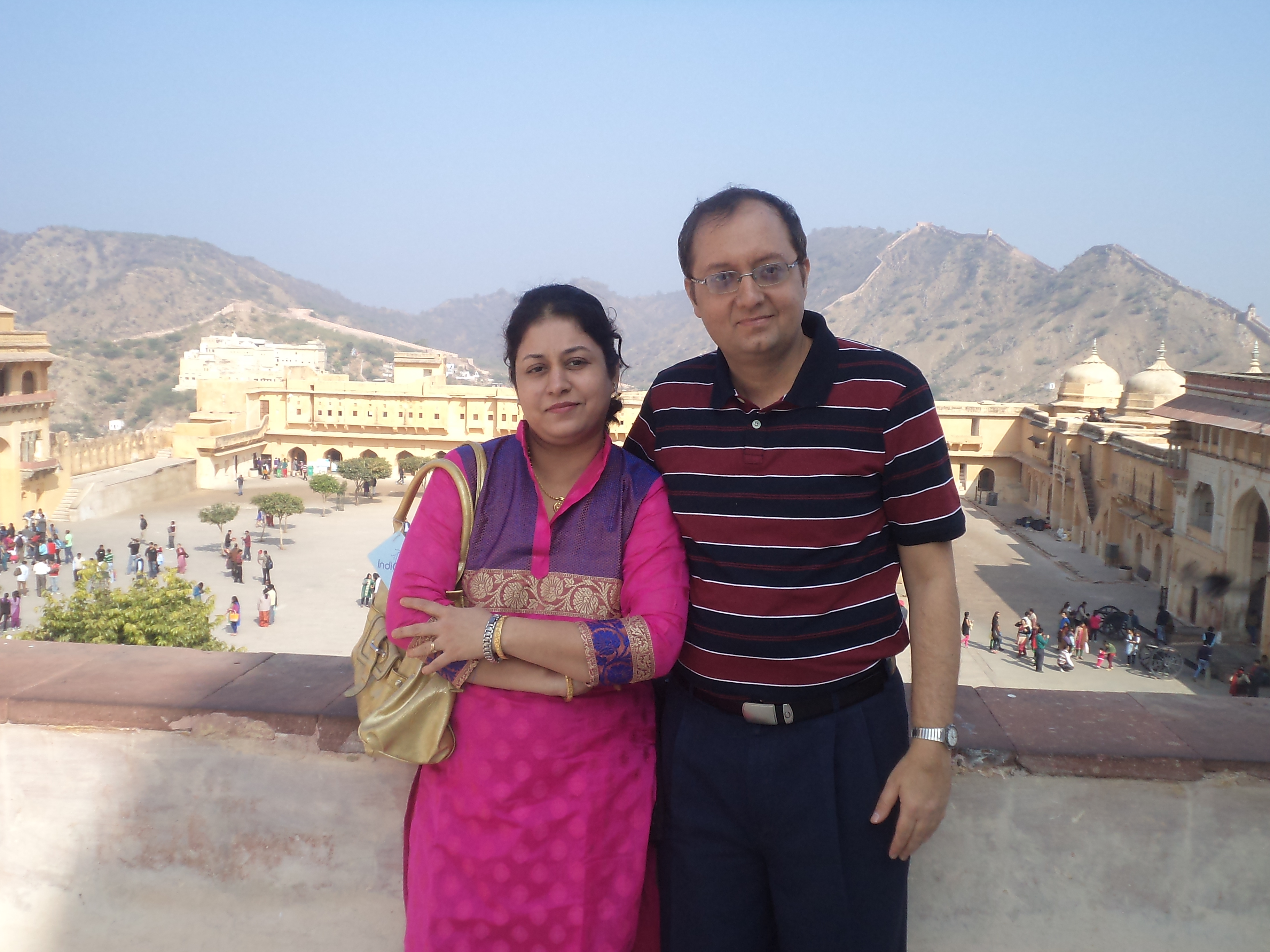
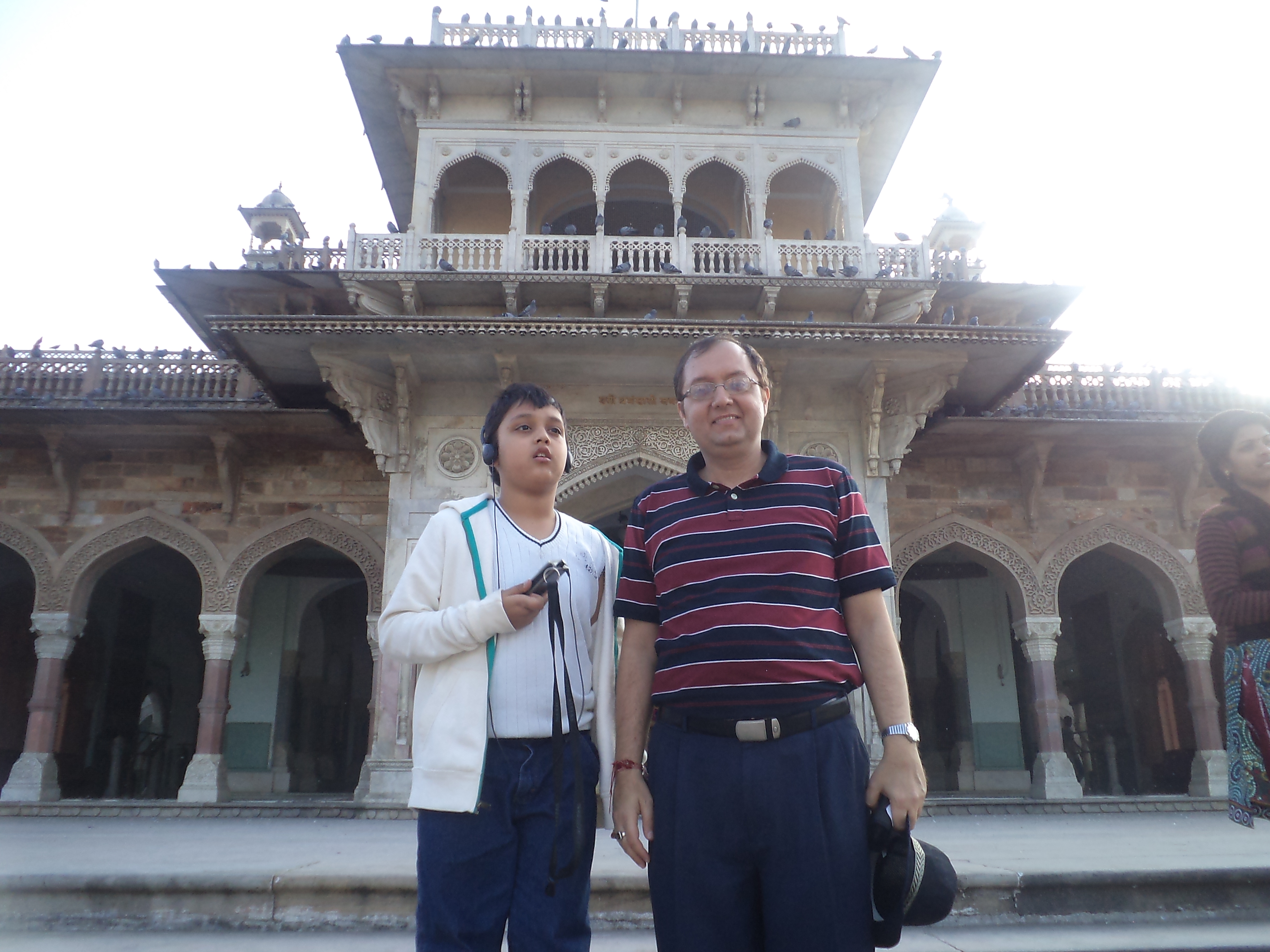
Our first stop was the State Capital – Jaipur. Since this has much to offer we spent two full days exploring it. On the first day we visited the show piece – Amer Fort (which has been the sight of many film shootings). The sheer size and grandeur of the fort left us spell-bound. On our return we also saw the Jal Mahal – an old palace in the middle of a lake that was in use till recently. Our first day ended in style with a visit to The Albert hall – a palatial mansion which houses the Jaipur State Museum. Artefacts of a by-gone era gave us a insight of the life and times of the royals of those times.
The second day began with a visit to the City Palace – the royal family of Jaipur to this day occupies a part of it. The show piece was a “Buggy Khana” – a garage of more than a dozen royal chariots of all sizes and colors – there was a “Buggy” for every occasion.
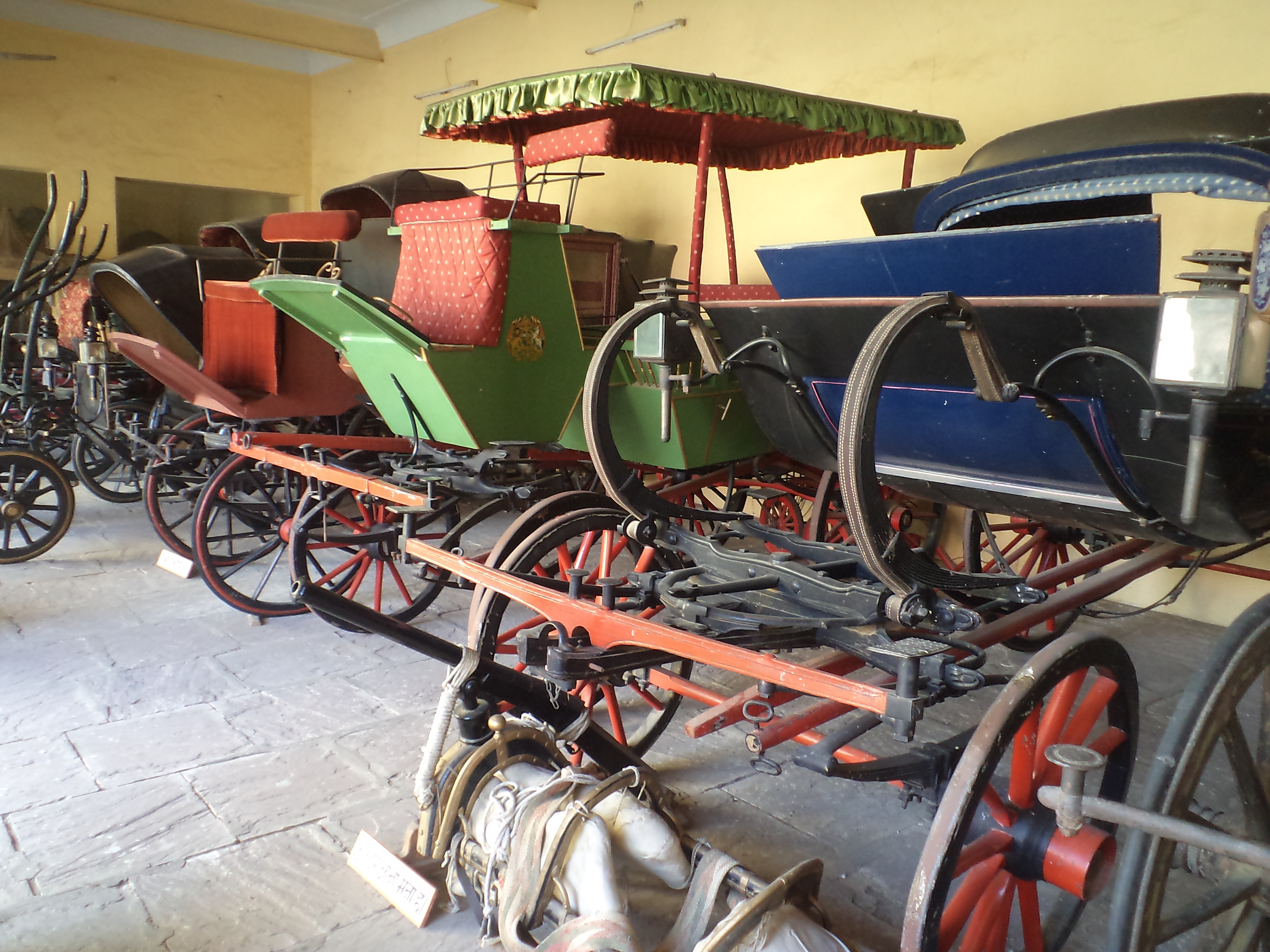
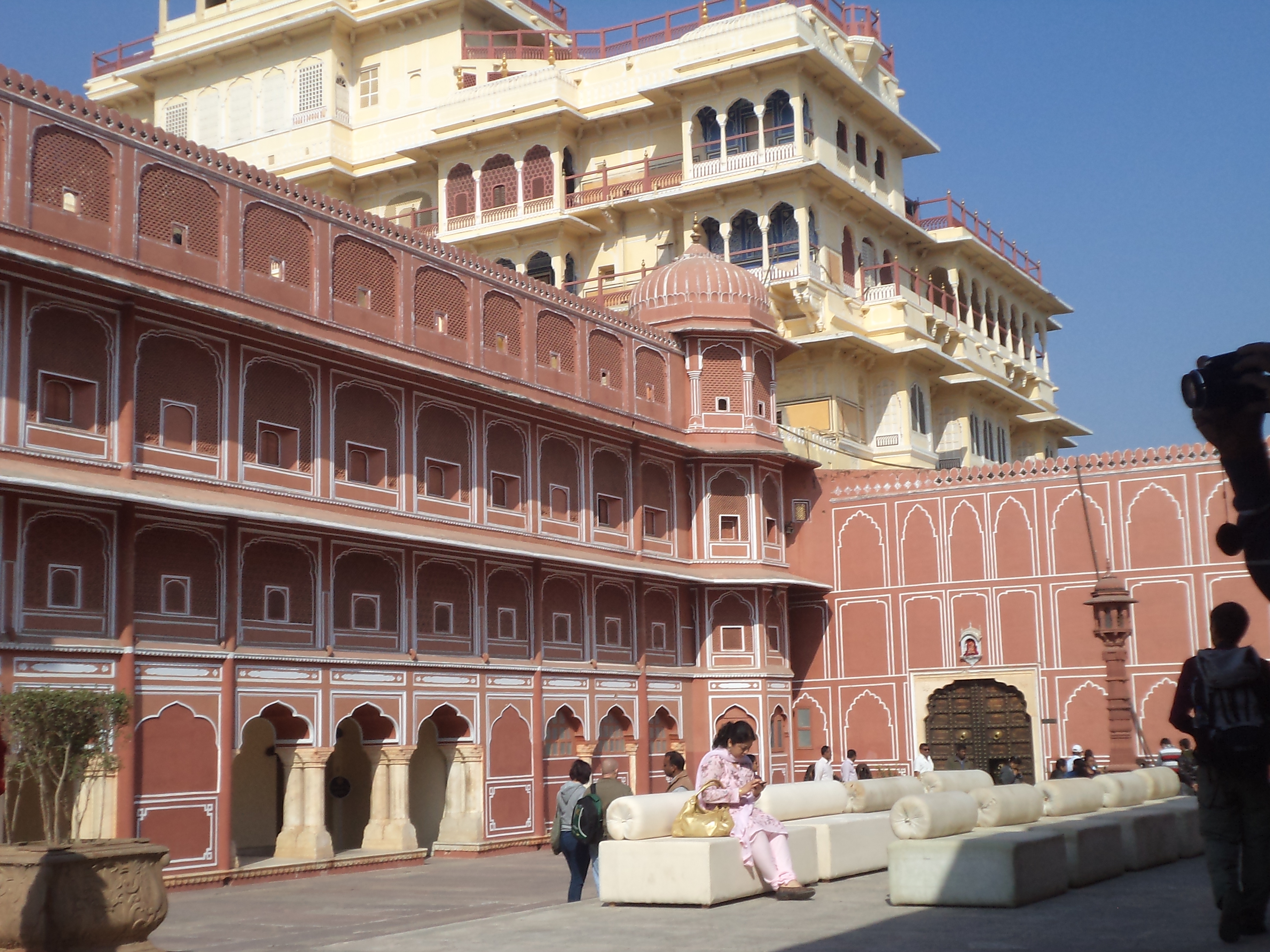
We also saw two huge silver urns known as Gangajalis each weighing more than 345 Kgs – the largest silverware ever built. These were created for carrying Gangajal for the Maharaja bath during his visit to England in 1902! On this day, we also visited the famous Jantar Mantar – an astrological observatory and saw the Hawa Mahal – from where ladies used to watch ceremonial processions in the days gone by.
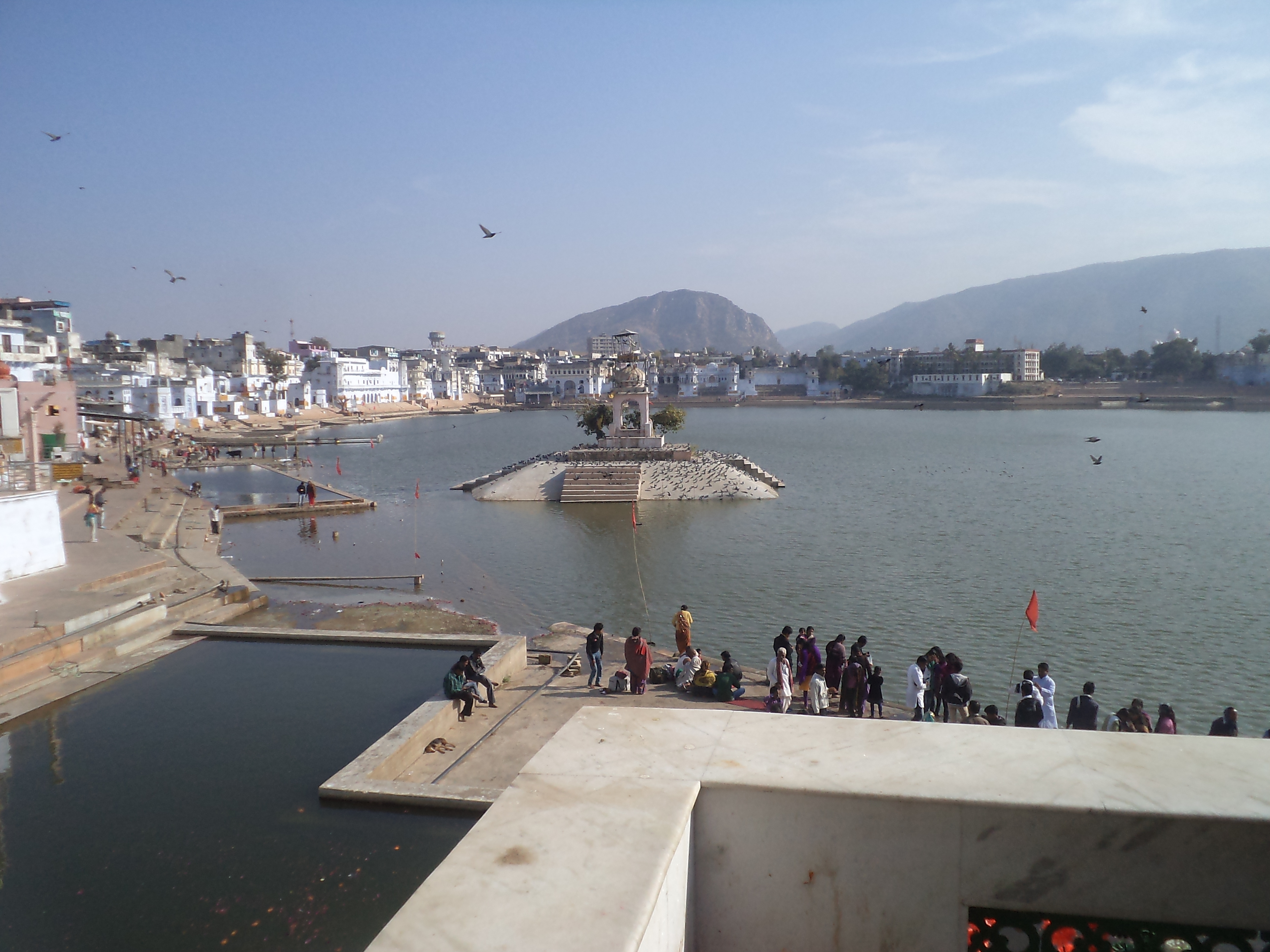
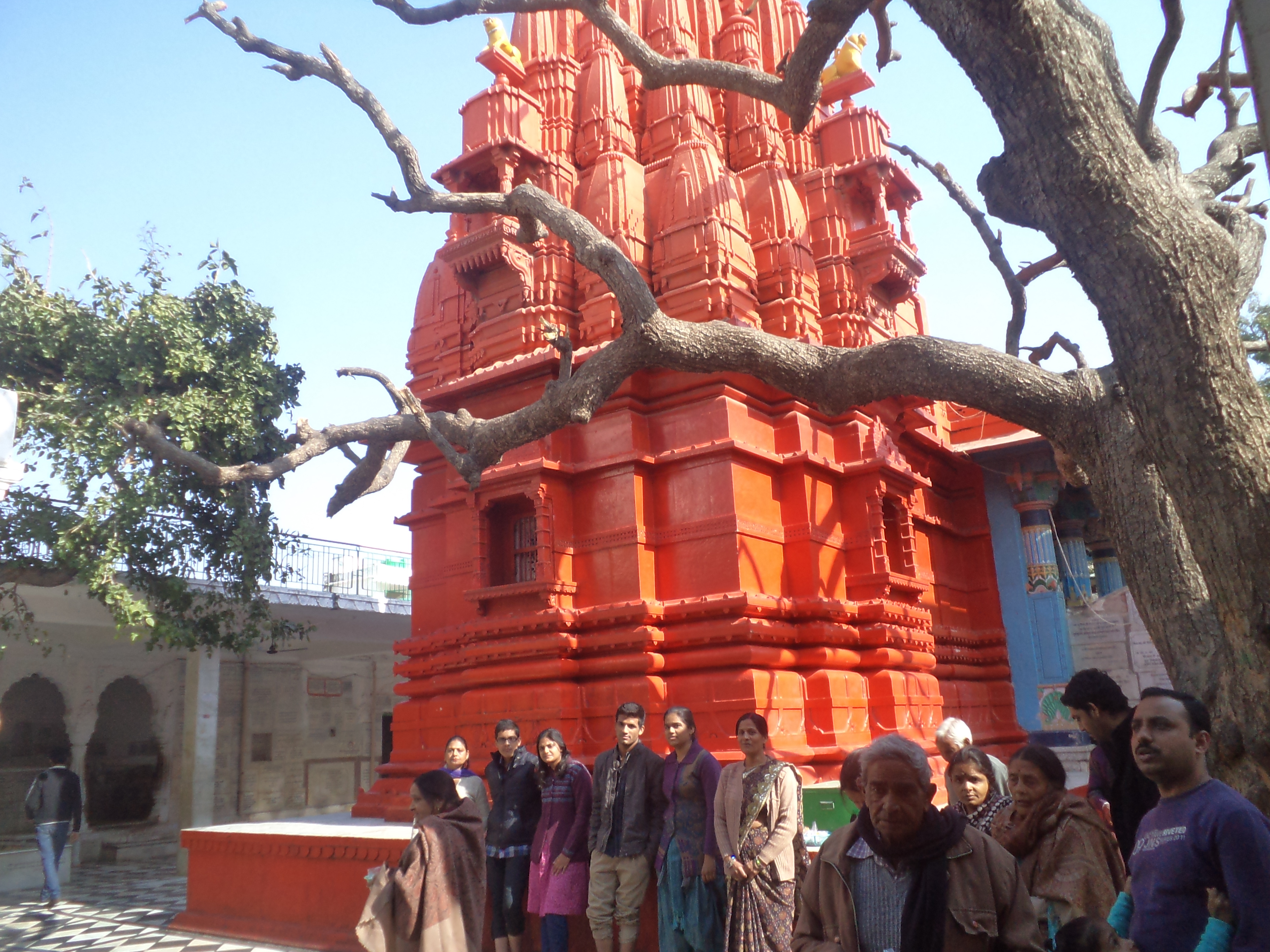
On the third morning we set off early on our Journey to Bikaner. En route we visited the Holy Temple town of Pushkar. This place boast of an incredible number of 1000 temples and is frequented by people from India and abroad. What makes it unique is that Pushkar has the world’s only temple dedicated to Lord Bramha (who is believed to be the creator of the world). We also visited the Meerabai Temple and Memorial (in the town of Merta) and paid our respects to the world famous Devi Karni Mata Temple in Deshnok (on the outskirts of Bikaner. Our driver brought us into Bikaner late in the evening; we had a sumptuous dinner and earned some much needed rest after an eventful day.
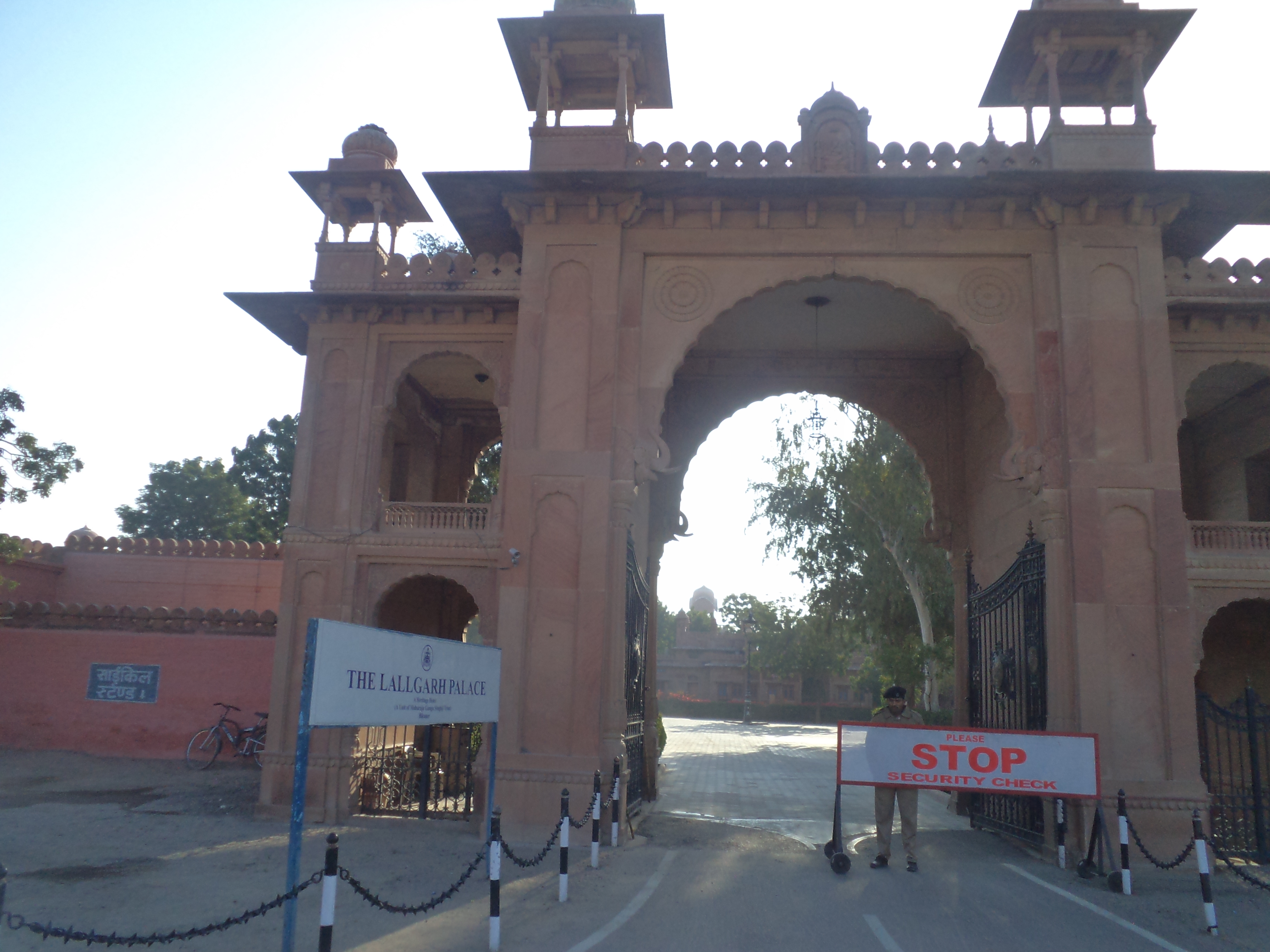
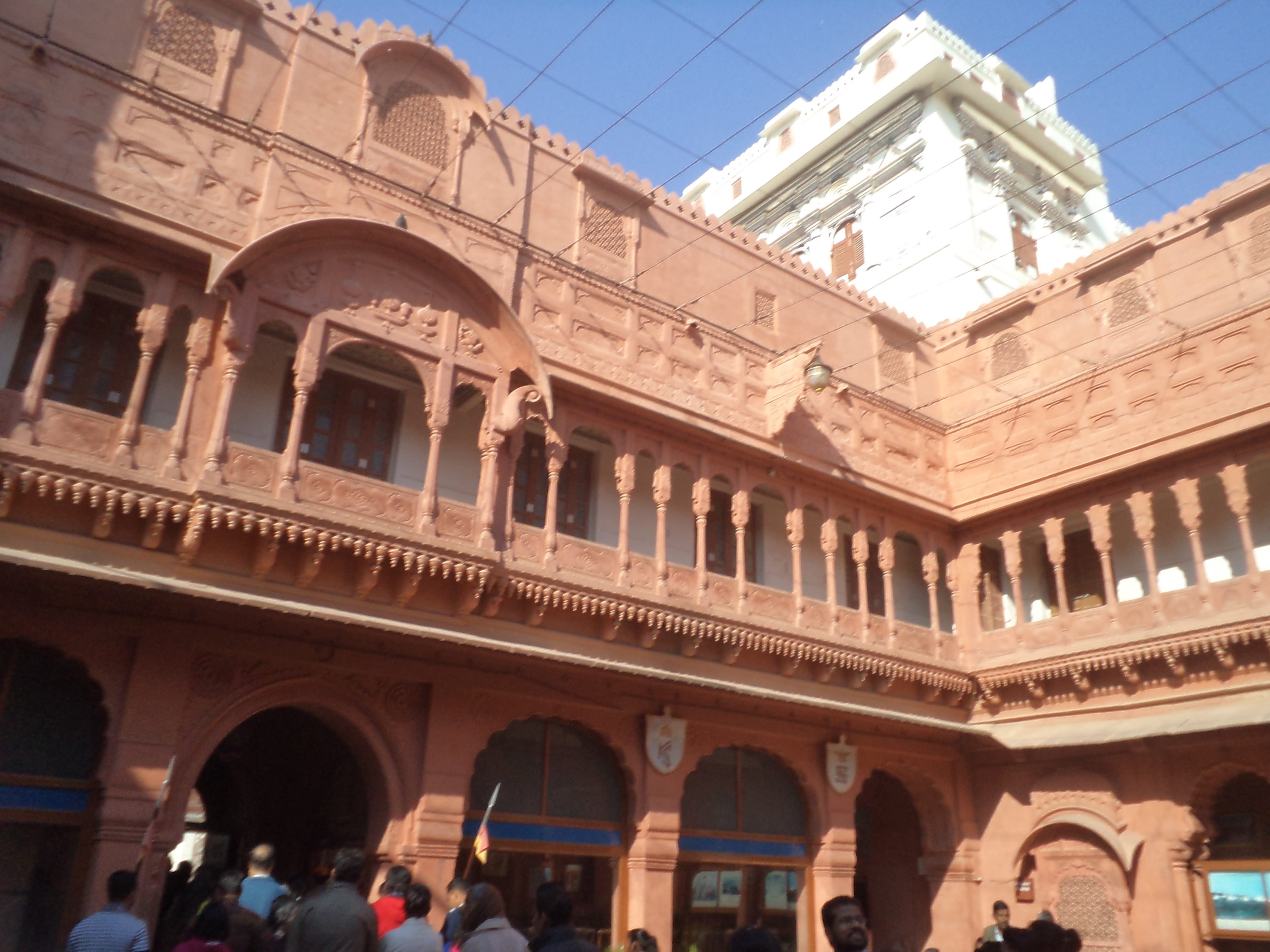
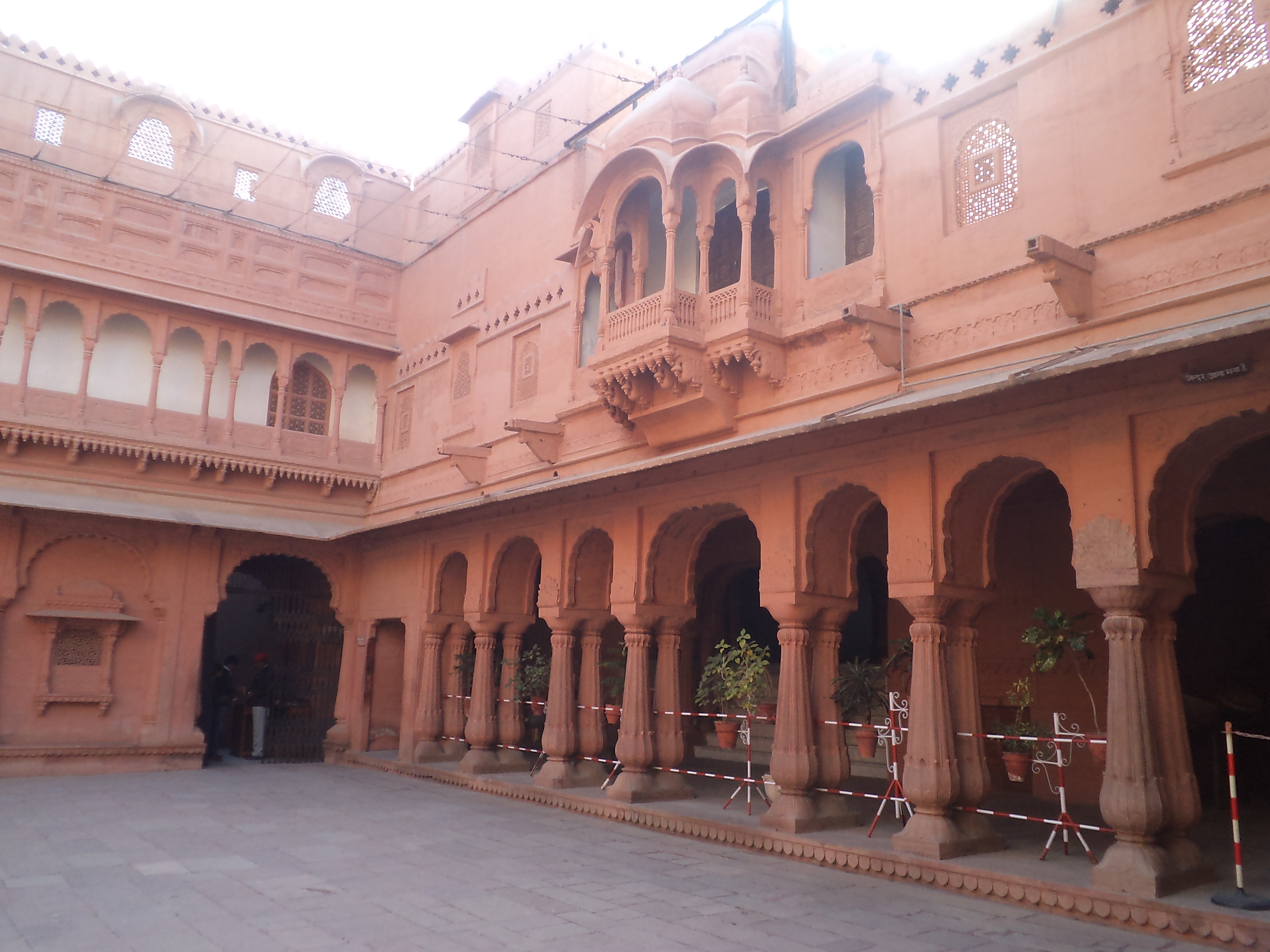
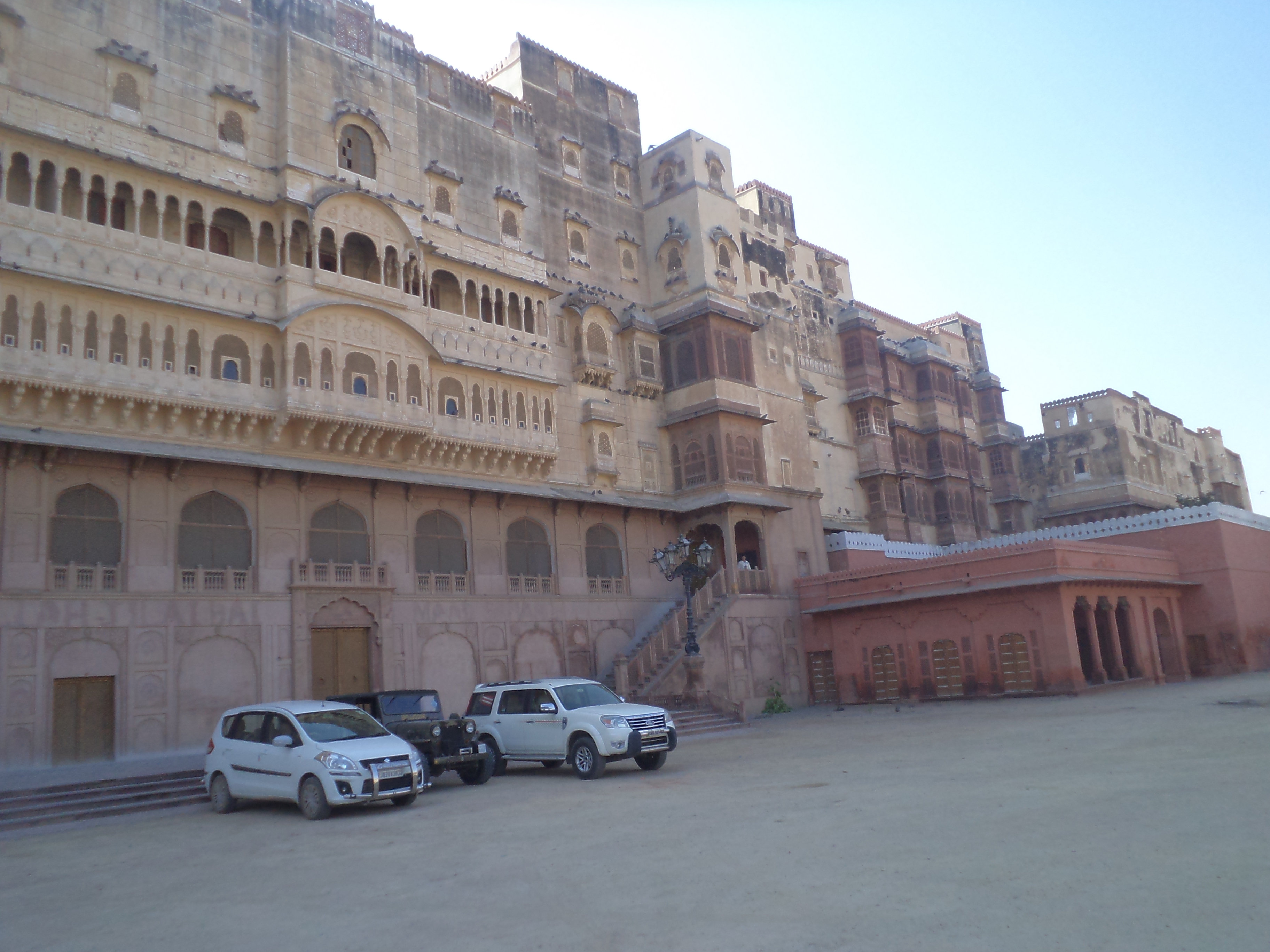
The following day was devoted to sight-seeing in Bikaner. The highlight most definitely was the Junagarh Fort – the royal family residence until 1903. Junagarh is arguably the best maintained Fort in Rajasthan. Among its many showpieces – we found a full size World War I era de-Havilland aircraft housed right in the main durbar hall. It was a gift by the British to Maharaja of Bikaner HH Ganga Singhji. While in Bikaner, we also visited the Lalgarh Palace – the present residence of the Royal Family (a large part of it is now a luxury hotel). Our journey to Jaisalmer began after a sumptuous Lunch at “Lalji” – a famous Bikaner eatery.
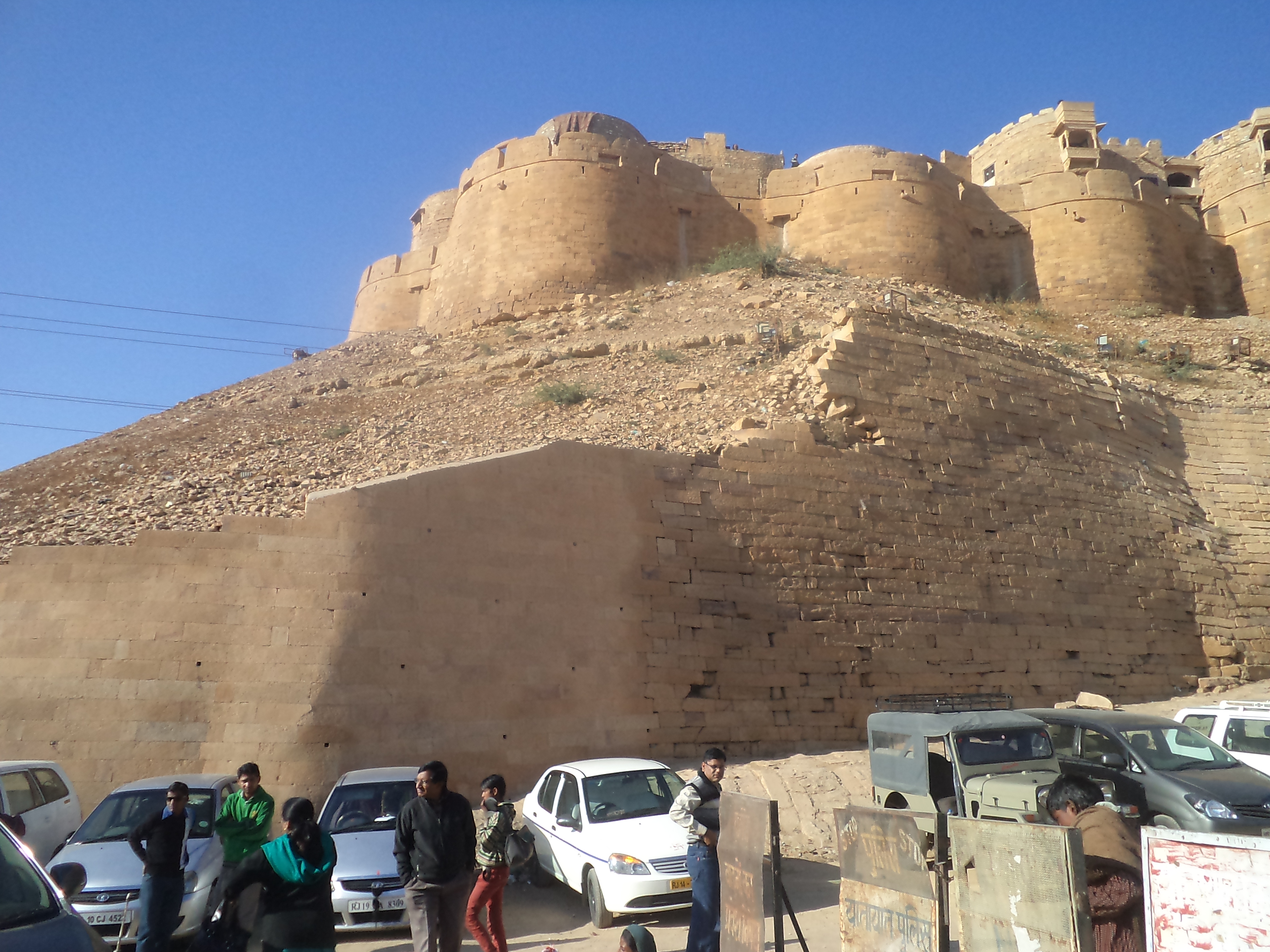
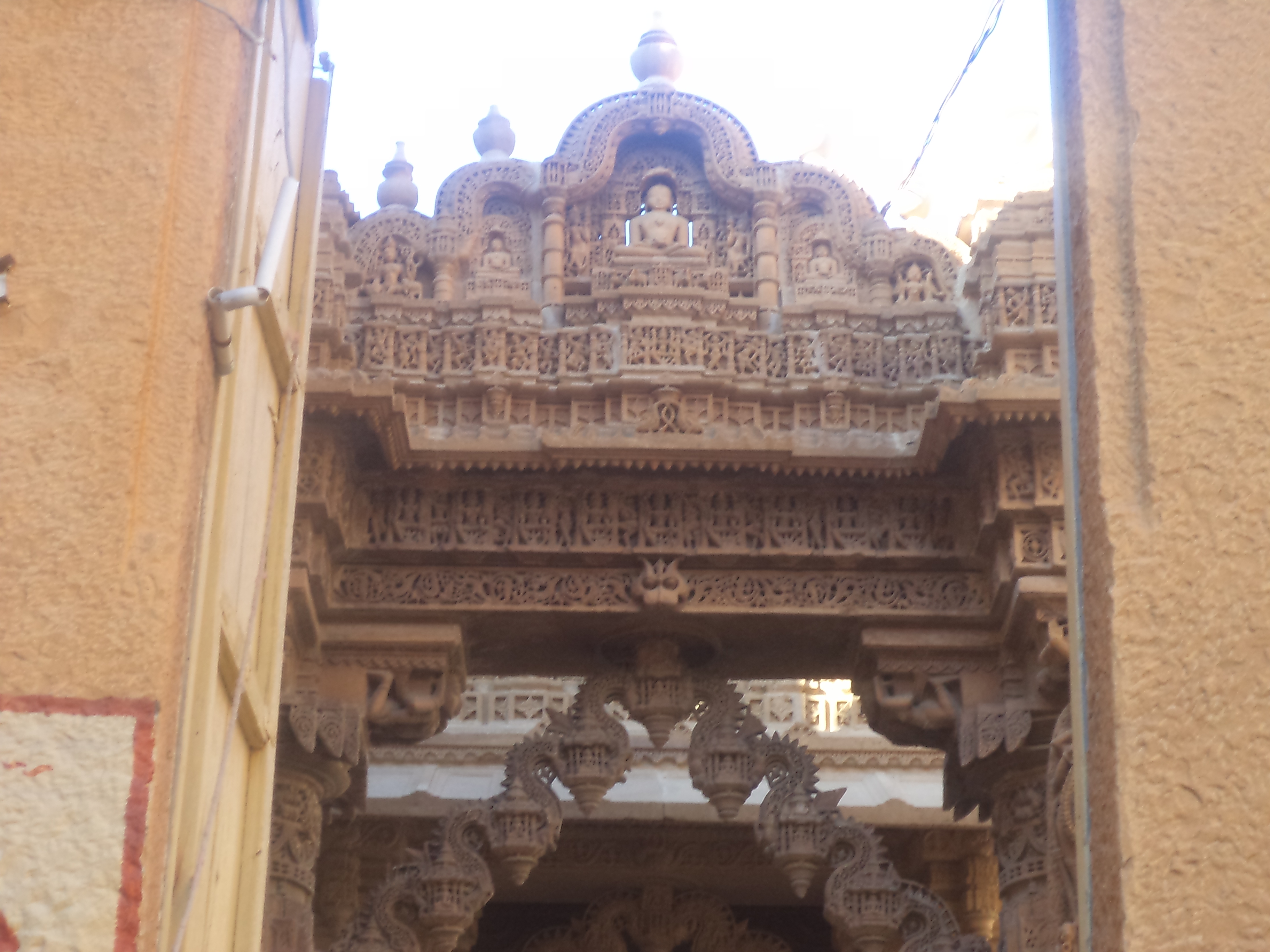
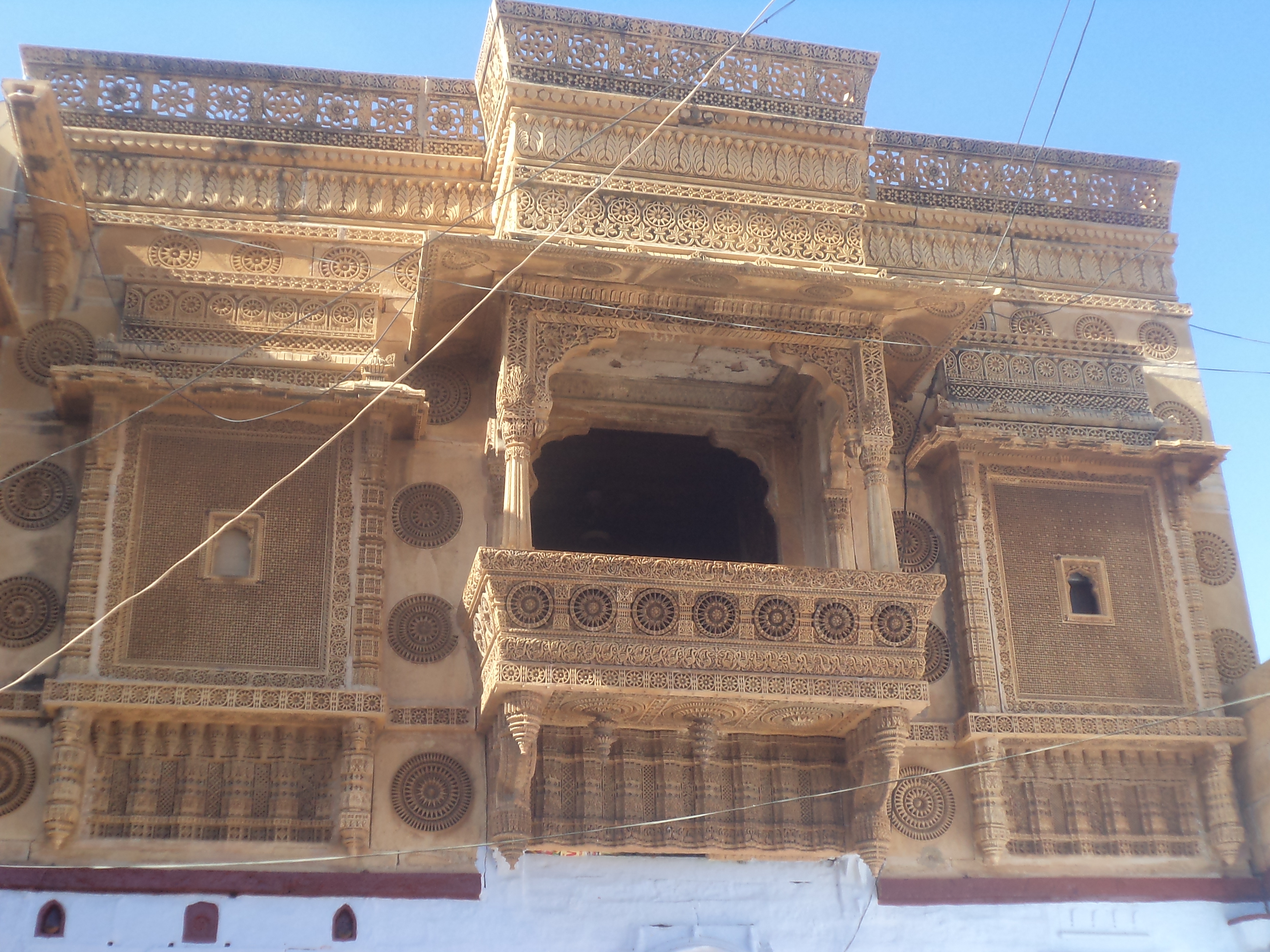
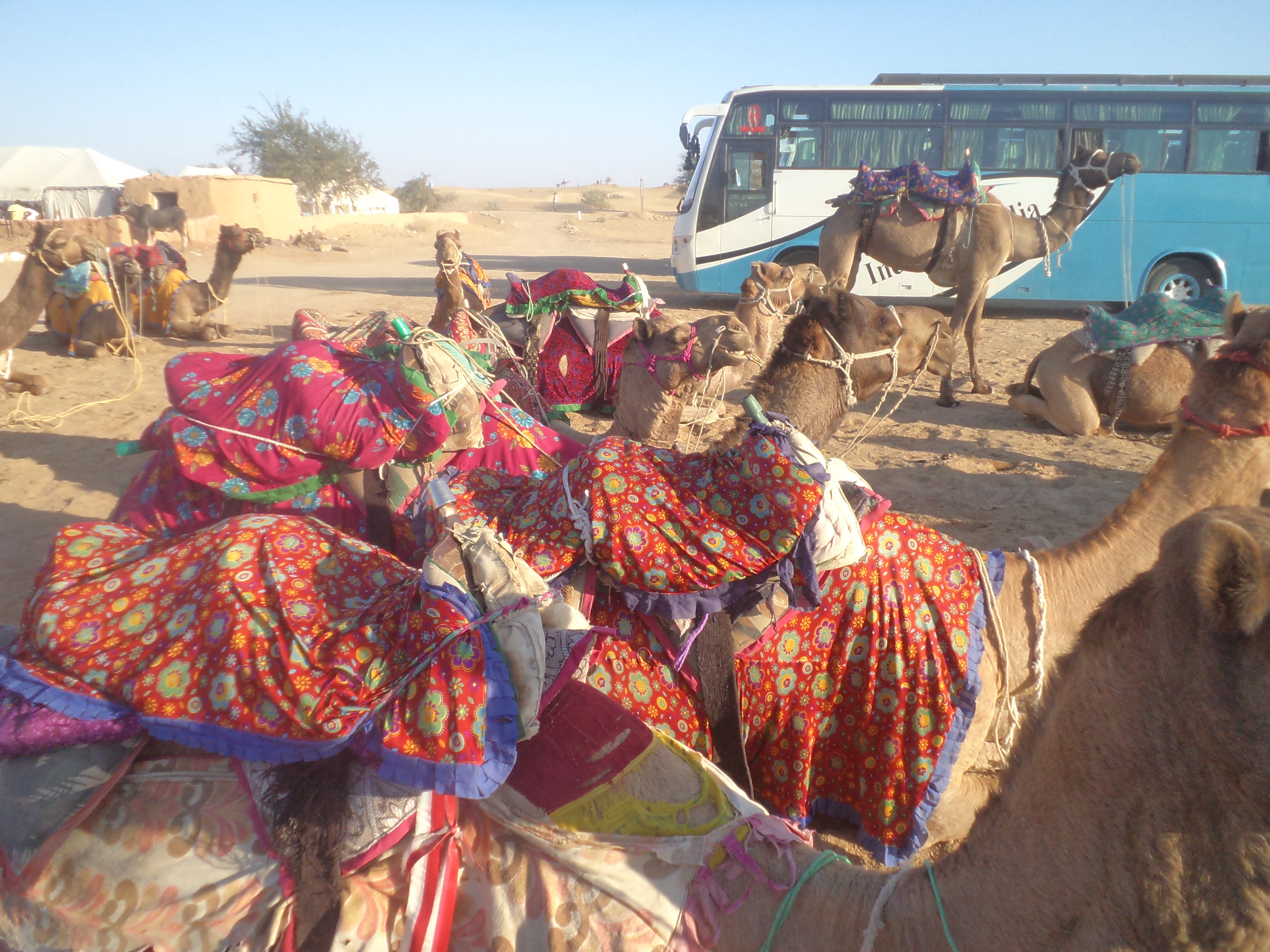
The fifth day – a Saturday; was spent in Jaisalmer, known to many as a living Museum. The star attraction of this town is the old “Sonar Quila” – an old fort built out of yellow sandstone which gives it a distinctly golden look (hence the name). Inside the Fort, there were many magnificent places to see include the Ganesh and Jain Temples. We also visited the famous “Havelis” (palatial mansions) outside the Fort. These used to be residences of rich merchants. A visit to Jaisalmer is incomplete without visiting the Sand Dunes. Seeing the setting sun on a camel quite an experience. We were kept company by a couple of folk artists who rendered delightful Rajasthani Folk Songs.
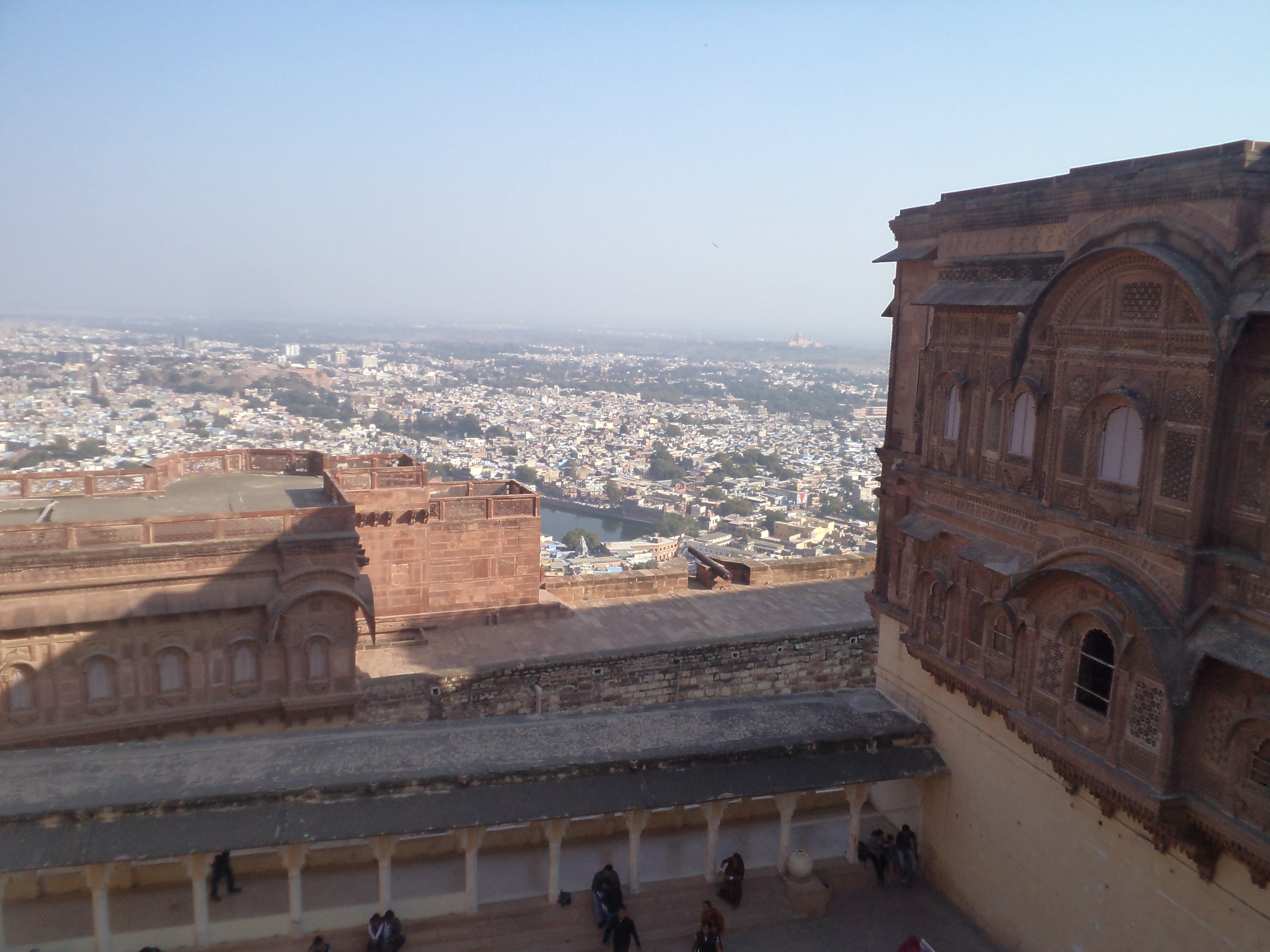
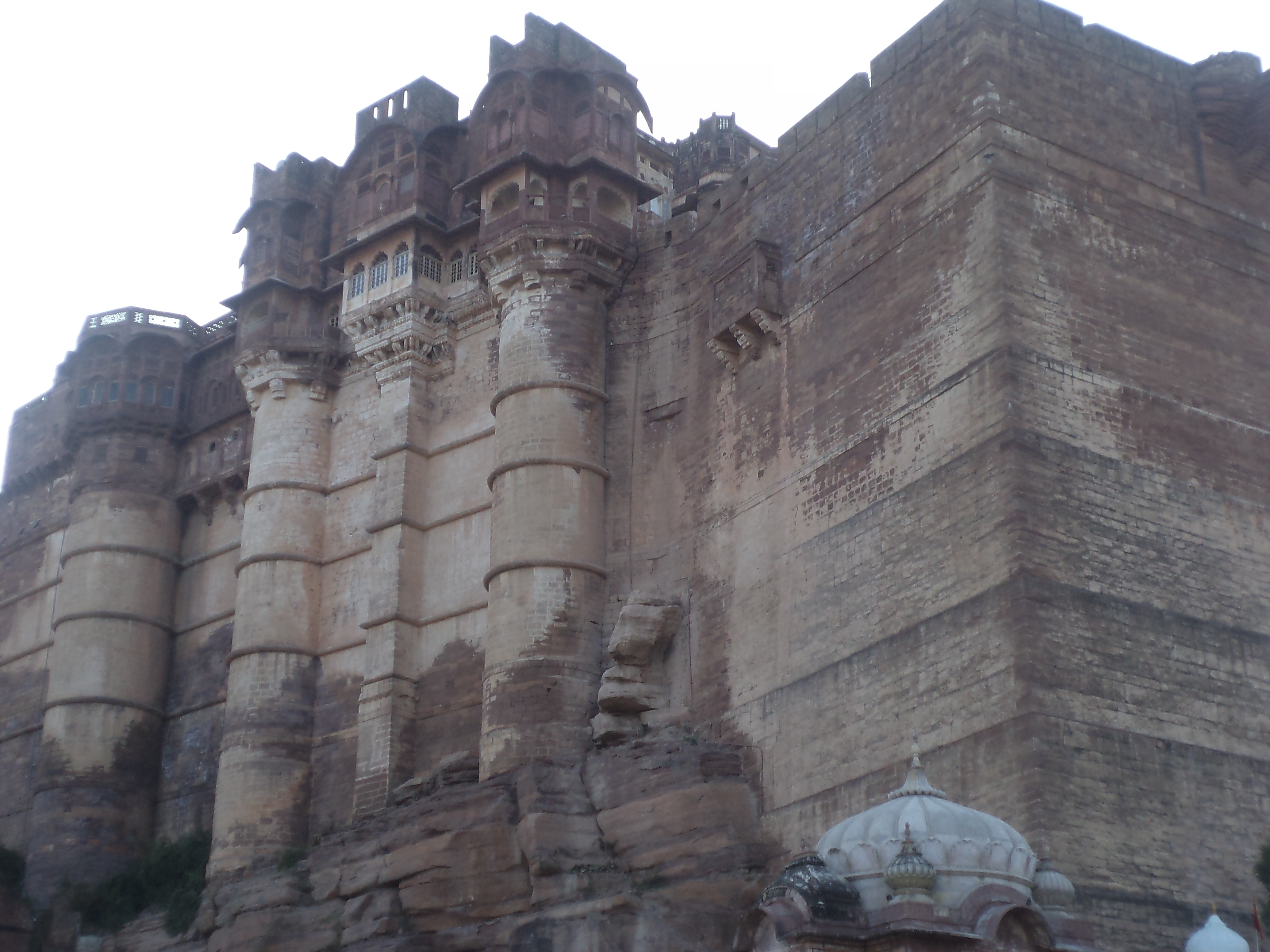
Our final destination – was Jodhpur – the capital city of the erstwhile princely state of Marwar. We arrived in the afternoon on Day Six and straight away visited the magnificent and awesome Mehrangarh Fort. The guide told us that this was the only fort in Rajasthan that was never captured by force – quite simply it was too difficult for anyone to conquer. We spent the evening shopping in the bustling bazaars of Ghanta Ghar (Clock Tower)
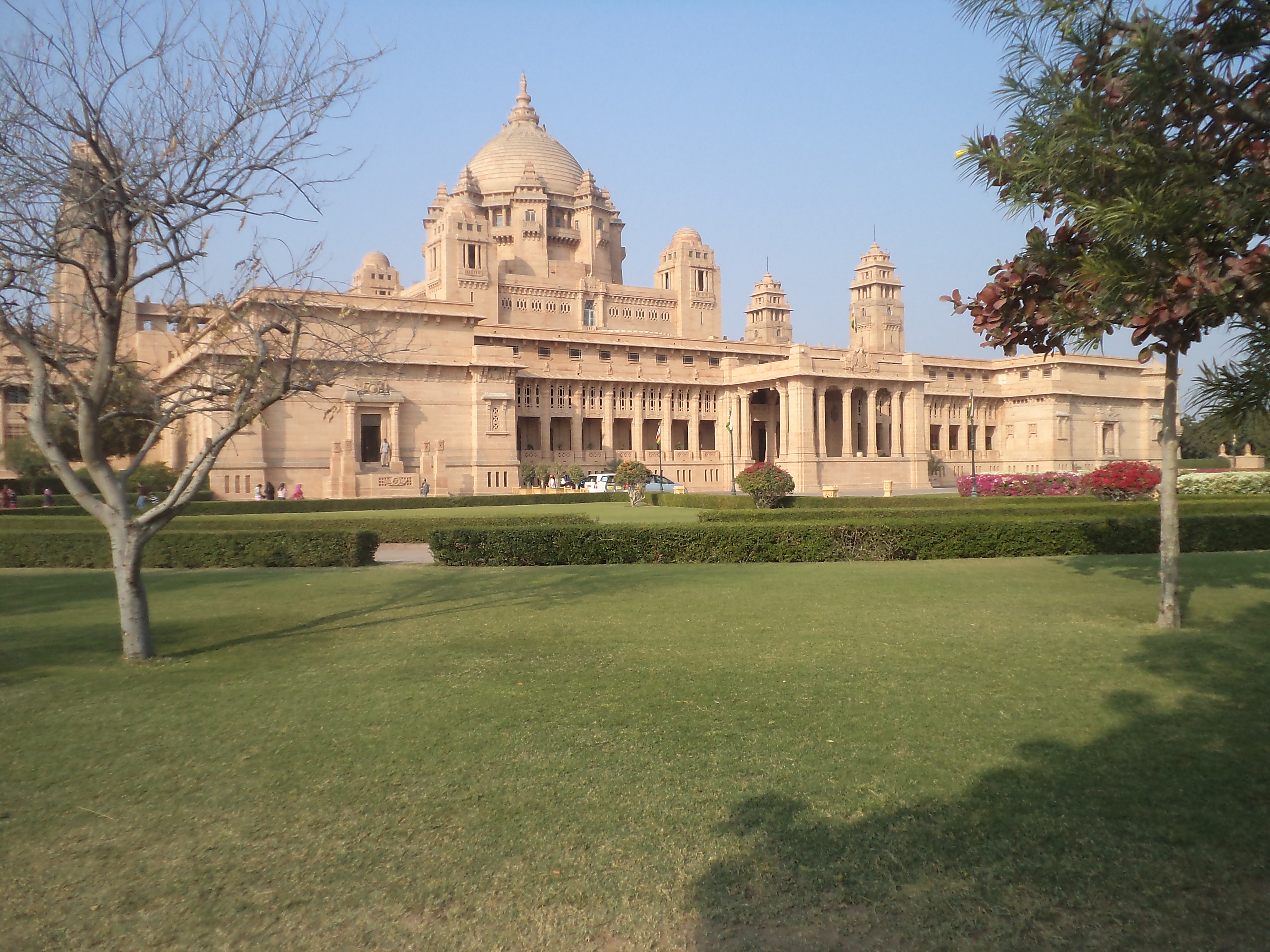
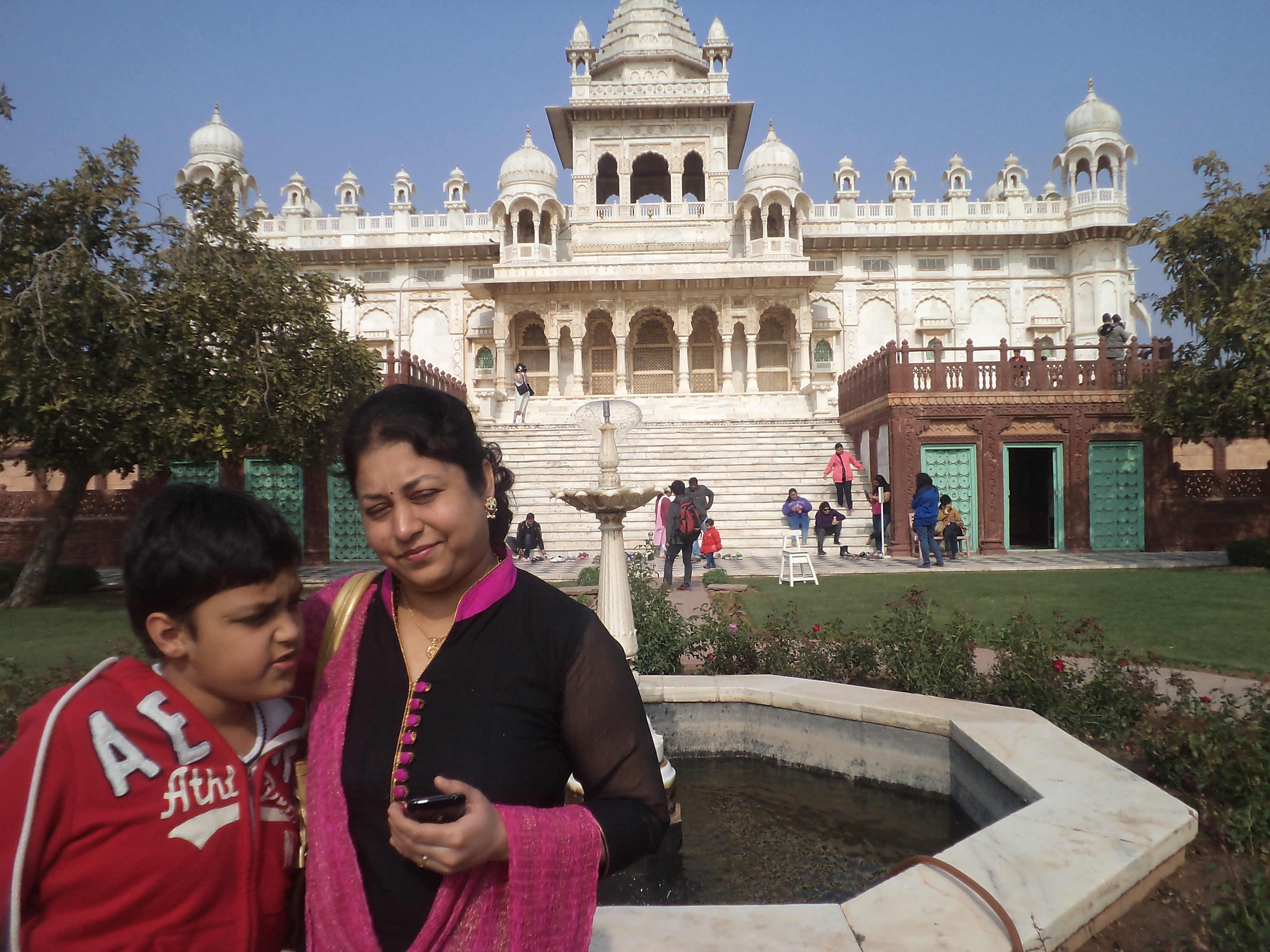
Next morning we visited the Umed Bhawan Palace – (the royal family’s present residence). Our trip concluded with a visit to the Jaswant Thada – a memorial dedicated to Maharaja Jaswant Singh of Jodhpur. This trip has left with many pleasant memories which we shall cherish for a life time.
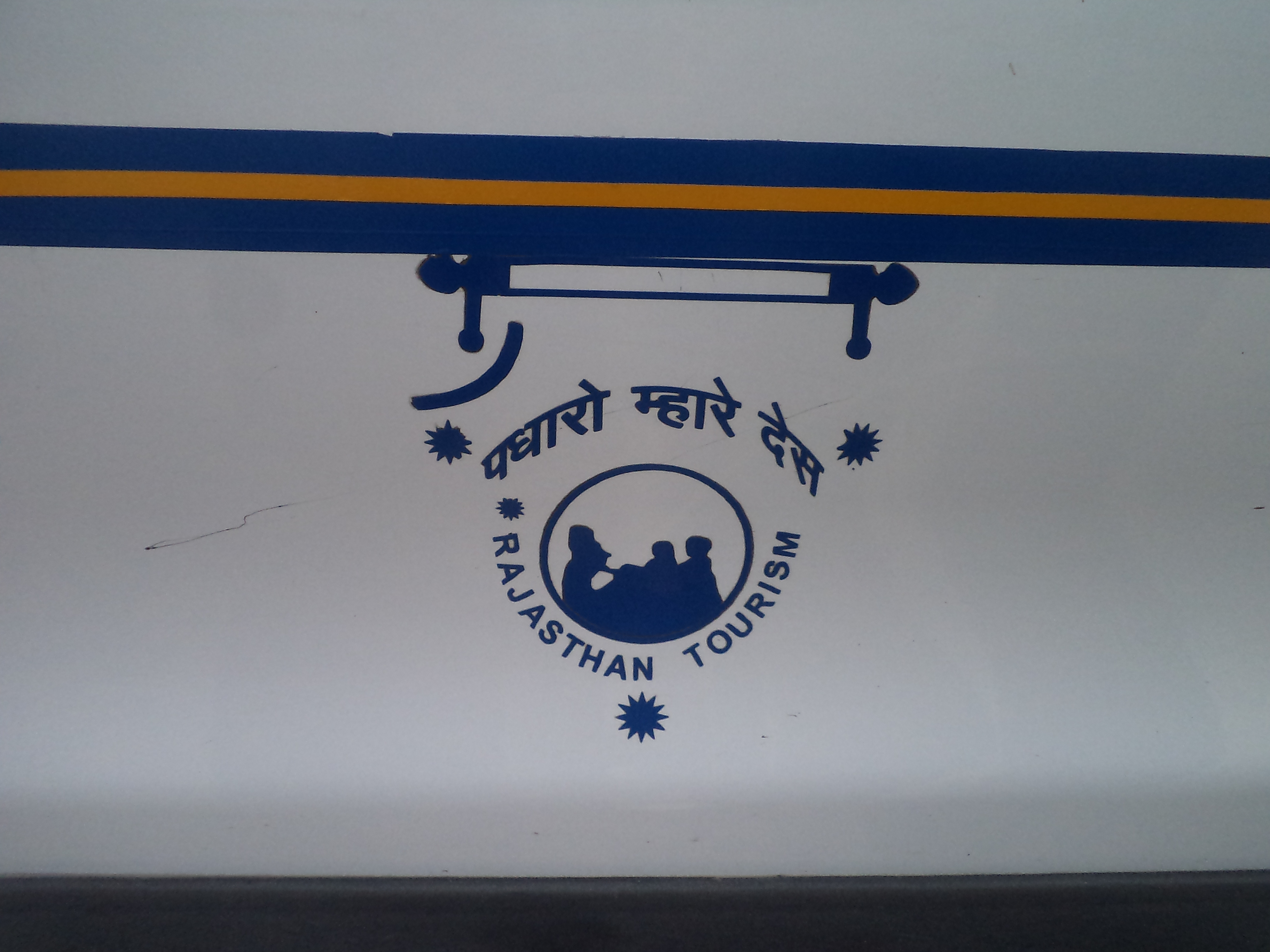
I sign off this blog with a wish that you too get an opportunity to visit this wonderful land. Thanks for reading.
